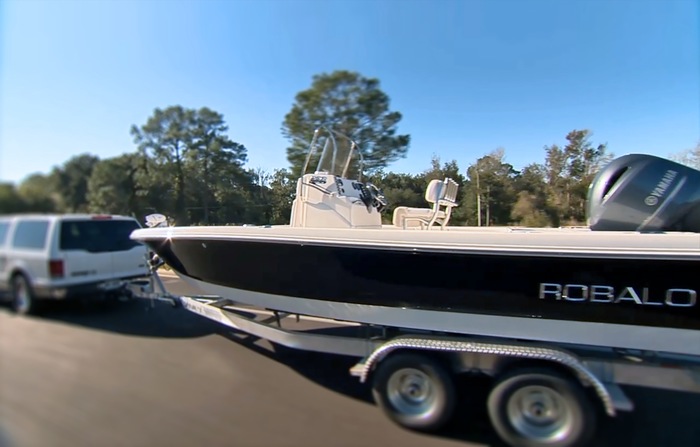Top Tips for Winterizing Your Boat & Gear

Alongside gift-giving, holiday tunes, and warm hot cocoa, the onset of winter means an additional annual tradition for many boaters: winterizing.
If you are a new boat owner, you may not be sure about the winterization process—what it is, how it works, or whether or not you need to do it yourself. Worry not. We’ve got the answers.
Read on as we address your questions with quick, simple tips for winterizing your boat and fishing gear—you don’t want to forget about your rods and tackle along the way!
When to winterize?
An important question many first-time boaters may have: when do I winterize my boat? Winter officially starts in late December, but many people (especially those in very cold climates) will winterize theirs during the early parts of fall. However, if you haven’t winterized your boat yet, you still can! The average coldest temperatures typically fall in January and February, so now is still a great time to get your boat ready.
Stabilize your fuel
Many experts recommend filling your tank with fresh fuel, to prevent water from condensing there during the winter. When you do this, be sure to add a fuel stabilizer so that it does not spoil during the break.
Flush the engine
For outboards, flush the engine will freshwater via the flushing port. You will also want to wash the engine with soap and water when you’re through.
Fog engine cylinders
Fogging the engine cylinders with fogging oil is an important step for preventing rust.
Prep the prop
Now it’s time to remove any fishing line, barnacles or other grime that might have attached to your propeller. Once this is clean, apply some water-resistant grease so that everything runs smoothly.
Pump out the head holding tank
Next, pump out the head holding tank where it’s safe to do so. Add fresh water to the bowl and flush a few times as you do so. Then, finally, add freshwater one last time and pump. When you’re done, add an antifreeze agent that is compatible with your unique model.
Remove smaller items
From electronics to safety equipment, you will want to remove smaller items from your boat when it’s not in use. This also gives you the chance to ensure that they are as functional and well-repaired as possible—if not, here is an easy time to fix them!
Clean the bilge
Here, you’ll just want to clean up any spills you might have missed along the way. Use soap and water to get the job done, and then add a compatible antifreeze.
Drain the fresh water tank and hot water heater
This step (as well as applying antifreeze) is important to preserving the integrity of your boat, as water expands when it freezes and could, thus, lead to repairs if left on board.
Cover up
If you are leaving your boat outside, boat shrink-wrap is a great solution. You can also supplement with an overall boat cover as an added barrier to keep out water, snow, debris and just about anything else you don’t want coming aboard.
Dry out your tackle box
Don’t forget about your fishing gear! One simple yet important step is to open up your tackle box and let it air out (and dry the inside manually, if needed), since you don’t want water leftover from your last fishing trip to stay trapped within.
Clean and re-line your spool and reel
Removing your reel’s spool is a great way to wipe away easy-to-miss dirt and debris, preparing it for the next season. Also, reel grease can help keep everything functioning smoothly. You can re-line the spool when you are ready to hit the water!
For more support…
Still have questions? We understand! Learning the terms and processes mentioned above can take time. If this is your first time winterizing a boat, use the resources that are available to you such as your owner’s manual, local Robalo dealer and even service shops that may still be able to assist with winterizing your vessel.
Bookmark & Share
Previous Article
Next Article
